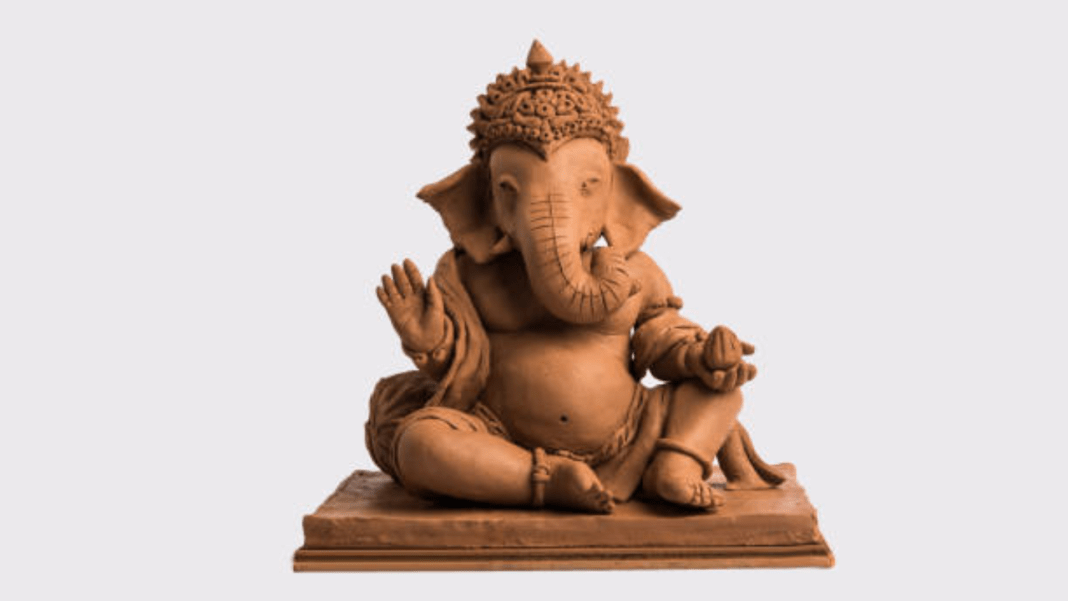As Ganesh Chaturthi approaches, preparations are underway for the grand arrival of Lord Ganesha, also known as Bappa. According to Hindu scriptures, Lord Ganesha is considered the “First Worshipped” deity. Devotees bring home Ganesha idols and worship them for ten days. While idols are made from various materials, clay idols hold special significance. But do you know why the tradition of using clay idols is so important?
The Spiritual Presence of Lord Ganesha in Clay Idols
According to ancient legends, it is believed that Lord Ganesha resides in clay idols. Worshipping a clay Ganesha not only pleases Lord Ganesha but also Goddess Lakshmi. Additionally, performing rituals with a clay idol is said to yield the benefits of multiple sacred sacrifices (yajnas). Clay is composed of the five elements: earth, fire, water, air, and ether, which makes it an embodiment of nature.
The Story Behind the Importance of Clay
As per mythology, once, Goddess Parvati created an idol from the paste she used to cleanse herself before bathing. She sculpted this idol out of clay, and Lord Shiva infused life into it, giving birth to a young boy who was named Lord Ganesha. This mythological event is why clay idols are considered sacred and are given prominence over metal or plaster idols.
Clay is Naturally Pure and Sacred
It is believed that clay inherently possesses purity. Therefore, worshipping a clay idol of Lord Ganesha is considered highly auspicious. Just as materials like aluminum or leather should not be used in religious rituals, plaster of Paris (PoP) idols are also discouraged due to the presence of non-pure elements. It is said that idols made of PoP or other metals do not carry the divine essence of the deity, although many commercially available idols are still made of PoP.
Bring a Clay Idol This Ganesh Chaturthi
This Ganesh Chaturthi, consider bringing home a clay idol of Lord Ganesha. Unlike metal or PoP idols, which do not dissolve easily in water, clay idols disintegrate naturally during immersion (visarjan), completing the ritual successfully. Since clay does not contain harmful substances, it is environmentally friendly and spiritually significant.





